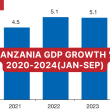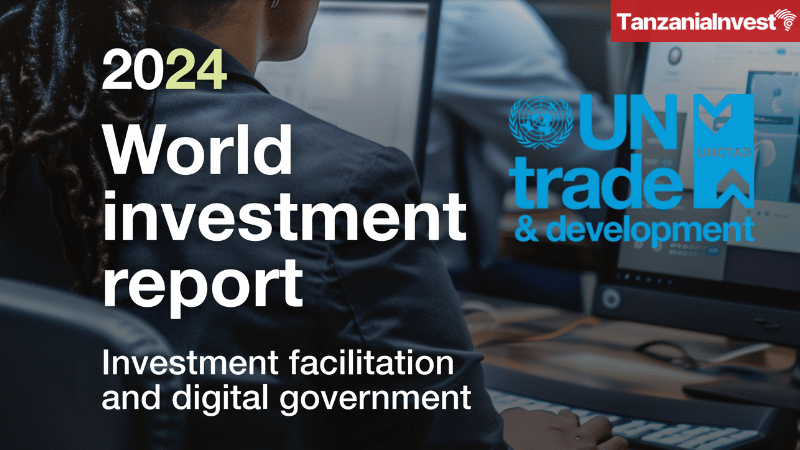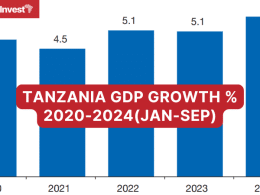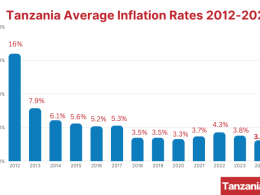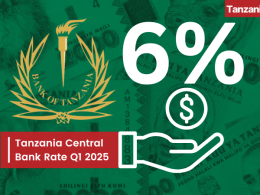The United Nations Trade and Development (UNCTAD) recently released its World Investment Report 2024, which focuses on trends in foreign direct investment (FDI) worldwide.
This year’s edition indicates that global foreign direct investment (FDI) in 2023 decreased marginally, by -2% to $1.3 trillion.
This headline figure was affected by wild swings in financial flows through a small number of European conduit economies; excluding the effect of these conduits, global FDI flows were more than -10% lower than in 2022.
FDI to Developing Countries
FDI flows to developing countries fell by -7% to $867 billion, mainly due to an -8% decrease in developing Asia. Flows fell by -3% in Africa and by -1% in Latin America and the Caribbean.
The number of international project finance deals fell by a quarter. Greenfield project announcements in developing countries increased by more than 1,000, but these projects were highly concentrated; South-East Asia accounted for almost half, West Asia for a quarter and Africa registered a small increase, while Latin America and the Caribbean attracted fewer projects.
FDI to Africa
FDI inflows to Africa declined by -3% in 2023, dropping from $54 billion in 2022 to $53 billion.
Of this amount, $13 billion was directed to North Africa (down from $15 billion in 2022), $13 billion to West Africa (same as in 2022), $11 billion to East Africa (down from $12 billion in 2022), $9 billion to Southern Africa (up from $7 billion in 2022), and $6 billion to Central Africa (down from $7 billion in 2022).
European investors remain the largest holders of FDI stock in Africa, holding three of the top four spots (the Netherlands at $109 billion, France at $58 billion, the United States at $46 billion, and the United Kingdom at $46 billion).
The value of greenfield projects announced in Africa fell to $175 billion, from $196 billion in 2022. However, most countries registered increases in project numbers, with the overall number of project announcements in the region rising by 7% to more than 800.
FDI to Tanzania
Despite a global decline in FDI, FDI to Tanzania rose by 5.5% in 2023, reaching a peak of $1.3 billion, up from $1.1 billion in 2022.
In previous years, FDI to Tanzania was $1 billion in 2021, $944 million in 2020, and $1.2 billion in 2019.
Meanwhile, the FDI total inward stock to Tanzania reached $19.9 billion.
FDI Outlook in 2024
The report estimates that the global environment for international investment will remain challenging in 2024. Weakening growth prospects, economic fracturing trends, trade and geopolitical tensions, industrial policies, and supply chain diversification are reshaping FDI patterns, causing some multinational enterprises (MNEs) to adopt a cautious approach to overseas expansion.
However, MNE profit levels remain high, financing conditions are easing, and increased greenfield project announcements in 2023 will positively affect FDI. Modest growth for the full year appears possible.
In Africa, the African Continental Free Trade Agreement (AfCFTA) Investment Protocol adopted in 2023 is expected to contribute to growing intraregional FDI.



